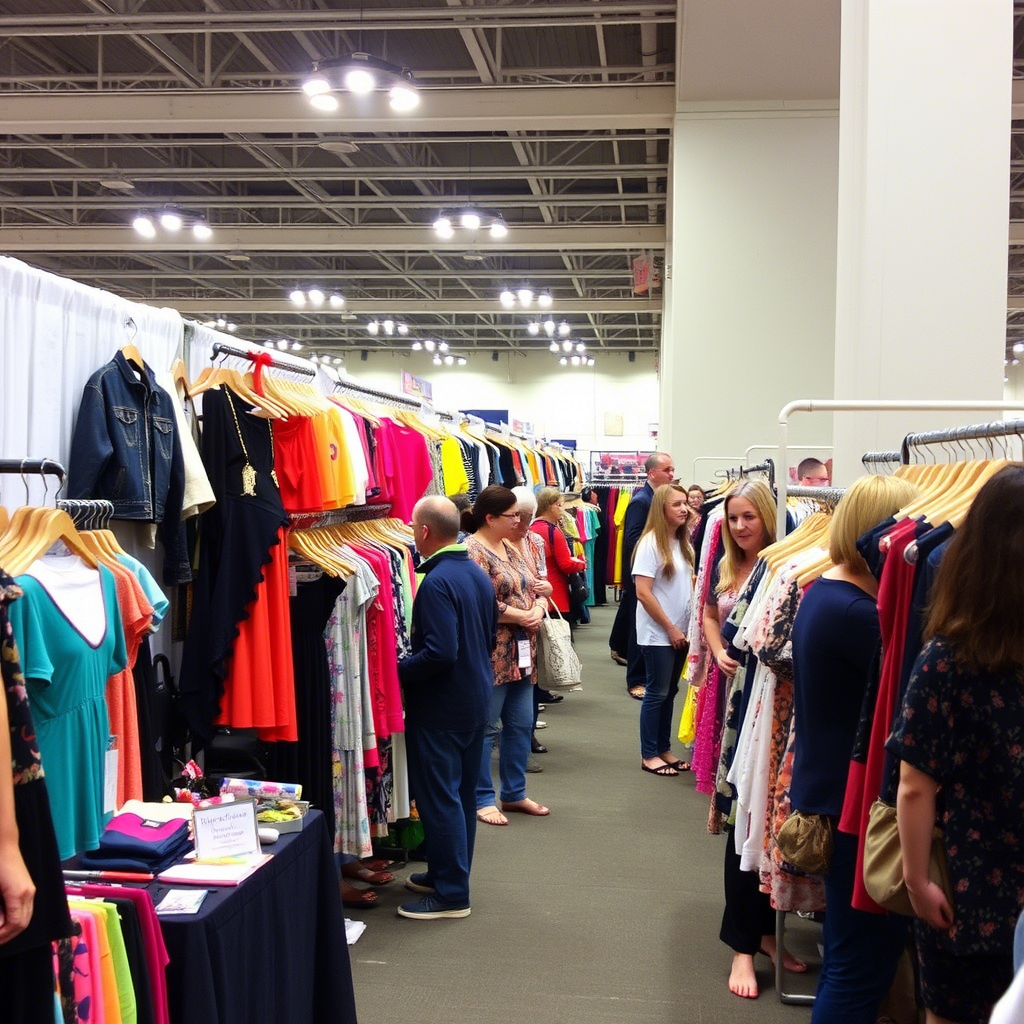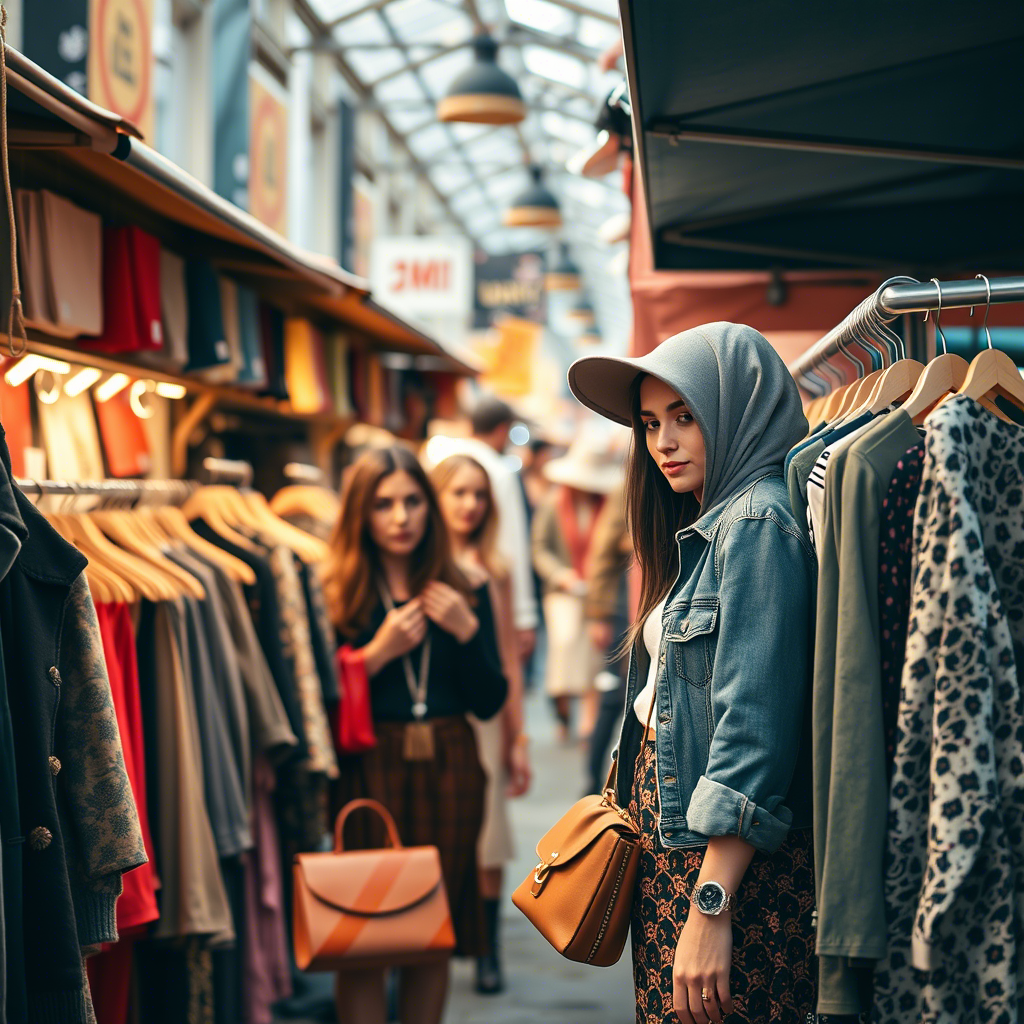Clothing Vendors and Wholesale Suppliers: A Comprehensive Guide
The world of fashion is ever-evolving, with trends changing seasonally and consumer preferences shifting constantly. At the heart of this dynamic industry are clothing vendors and wholesale suppliers, who play a crucial role in ensuring that the latest styles and must-haves reach consumers. These vendors and suppliers are the backbone of the fashion industry, connecting manufacturers with retailers and, ultimately, with the end consumer. Understanding their role, the challenges they face, and how they operate is essential for anyone involved in the fashion industry, whether as a retailer, a designer, or simply a fashion enthusiast.
The Role of Clothing Vendors
Clothing vendors are the intermediaries between manufacturers or designers and retailers. They source products from various suppliers and sell them to retailers, who then sell these products to consumers.
- Sourcing Products: Clothing vendors scour the market to find the latest trends and must-have items. They establish relationships with manufacturers and designers to source high-quality products at competitive prices. For instance, a vendor might attend trade shows to discover new designers and products.

- Building Retailer Relationships: Vendors work closely with retailers to understand their needs and preferences. They provide retailers with the products they need, often offering customized solutions such as private labeling.
- Managing Inventory: Effective inventory management is crucial for vendors. They must balance the need to have enough stock to meet demand with the risk of holding too much inventory, which can be costly.
The Importance of Wholesale Suppliers
Wholesale suppliers are the manufacturers or distributors who sell products in bulk to retailers or vendors. They are a critical link in the supply chain, ensuring that products are available to meet consumer demand.
- Bulk Sales: Wholesale suppliers sell products in large quantities, typically at discounted rates. This model benefits both the supplier, who can clear inventory quickly, and the retailer, who can purchase products at a lower cost per unit.

- Product Variety: Wholesale suppliers often offer a wide range of products, allowing retailers to diversify their offerings. For example, a supplier might offer a variety of boys’ coats, which can be found on websites like https://lezonkids.com/boys-coat/.
- Logistical Support: Many wholesale suppliers provide logistical support, including shipping and handling, to ensure that products reach retailers efficiently.
Challenges Faced by Clothing Vendors and Wholesale Suppliers
Despite their critical role in the fashion industry, clothing vendors and wholesale suppliers face several challenges.
- Market Competition: The market is highly competitive, with many vendors and suppliers competing for the attention of retailers. To stand out, vendors must offer unique products, competitive pricing, and excellent customer service.
- Supply Chain Disruptions: Disruptions to the supply chain, such as natural disasters or global health crises, can significantly impact vendors and suppliers. They must develop strategies to mitigate these risks, such as diversifying their supplier base.
- Changing Consumer Preferences: Consumer preferences are constantly evolving, driven by factors such as sustainability concerns and technological advancements. Vendors and suppliers must stay ahead of these trends to remain relevant.
Strategies for Success
To succeed in this challenging environment, clothing vendors and wholesale suppliers must adopt effective strategies.
- Building Strong Relationships: Developing strong, long-term relationships with both suppliers and retailers is crucial. This can involve regular communication, flexible payment terms, and collaborative marketing efforts.
- Staying Ahead of Trends: Vendors and suppliers must stay informed about the latest trends and consumer preferences. This can involve attending trade shows, conducting market research, and leveraging social media.
- Investing in Technology: Technology can help vendors and suppliers streamline their operations, improve efficiency, and reduce costs. For example, they can use e-commerce platforms to reach a wider audience or implement inventory management software to optimize stock levels. For more information on the latest fashion trends and products, you can visit https://lezonkids.com/.
The Future of Clothing Vendors and Wholesale Suppliers
The future of clothing vendors and wholesale suppliers will be shaped by several factors, including technological advancements, changing consumer behaviors, and global economic trends.
- Sustainability: There is a growing demand for sustainable and ethically sourced products. Vendors and suppliers who prioritize sustainability are likely to be more successful in the long term.
- E-commerce: The rise of e-commerce is changing the way vendors and suppliers operate. Many are now selling directly to consumers online, bypassing traditional retail channels.

Conclusion
Clothing vendors and wholesale suppliers are vital to the fashion industry, connecting manufacturers with retailers and consumers. By understanding their role, the challenges they face, and the strategies they can employ to succeed, businesses can better navigate this complex and competitive landscape. As the industry continues to evolve, vendors and suppliers must stay ahead of trends, invest in technology, and prioritize sustainability to remain relevant. By doing so, they can continue to thrive and drive the fashion industry forward.

Comments